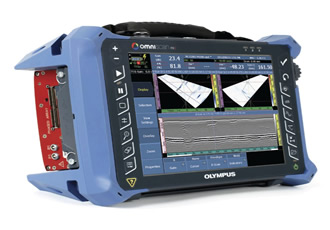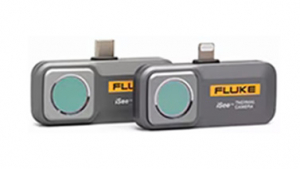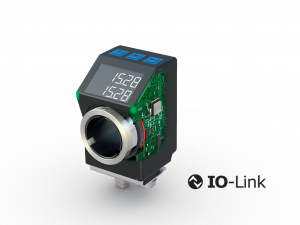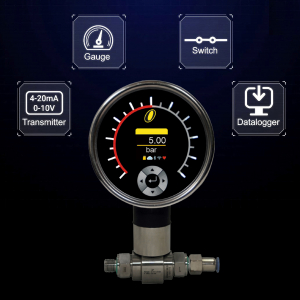Advanced technology hired for challenging inspection work

The inspection of austenitic stainless steel welds presents a higher level of difficulty in comparison with other welds because of the large grain structure, which for ultrasonic testing can cause beam skewing, splitting and attenuation. So, when James Fisher NDT (JF NDT) was awarded a contract to develop and implement an inspection procedure for austenitic stainless steel welds, the company contacted Neil Harrap, NDT Market Manager for Ashtead Technology, to discuss potential instrumentation configuration. As a result, an OmniScan MX2 was hired for a period of 6 months with a set of specialist probes.
“When the project began, it was not possible to determine the exact period of time for which the inspection equipment would be required, so it made perfect sense to hire the equipment,” says JF NDT’s Ian Moore. “In addition, we knew that if we hired this kit from Ashtead, it would be delivered when and where we needed it, configured, calibrated and ready for work.”
In comparison with carbon steel, austenitic stainless steels have high ductility, low yield stress and relatively high ultimate tensile strength. Consequently, austenitic stainless steels are commonly employed in the aviation, surgical equipment, petrochemical and nuclear industries, for example. However, the inspection of welds in these applications requires the latest technology, coupled with skill and experience on the part of the inspection engineers.
The OmniScan® MX2 is the latest in a line of ultrasonic flaw detectors that stretches back over 20 years. With high acquisition rates and powerful software, the next generation MX2 increases testing efficiency, ensuring superior manual and advanced AUT application performance with faster setups, test cycles, and reporting, in addition to universal compatibility with all phased array and ultrasound modules.
The inspection method allows the operator to size defects based upon a calculated curve for a given transducer, material, and reflector size, and has been designed to meet the requirements of international standards. This method only requires the operator to use one reference reflector in order to create a curve for flaw sizing.
Summarising, Ashtead Technology’s Neil Harrap says: “These probes were not previously included in our fleet of rental instruments and accessories, but we were very happy to acquire them so that JF NDT could conduct their initial work on the sample that their client had provided.
“It is very pleasing to note the success of this project, which exemplifies the benefits of our NDT Centre of Excellence – offering the latest technology with the highest levels of technical support.”
Similar articles
More from Ashtead Technology
- Portable analyser is certified for marine emissions monitoring 9th October 2019
- Advanced elbow scanner added to rental fleet 22nd August 2019
- Multigas monitor solution for increasing pollution threats 21st May 2018
- Gas can be fatal when not monitored correctly 30th April 2018












Write a comment
No comments